Bulky Entertainment Centers are Out
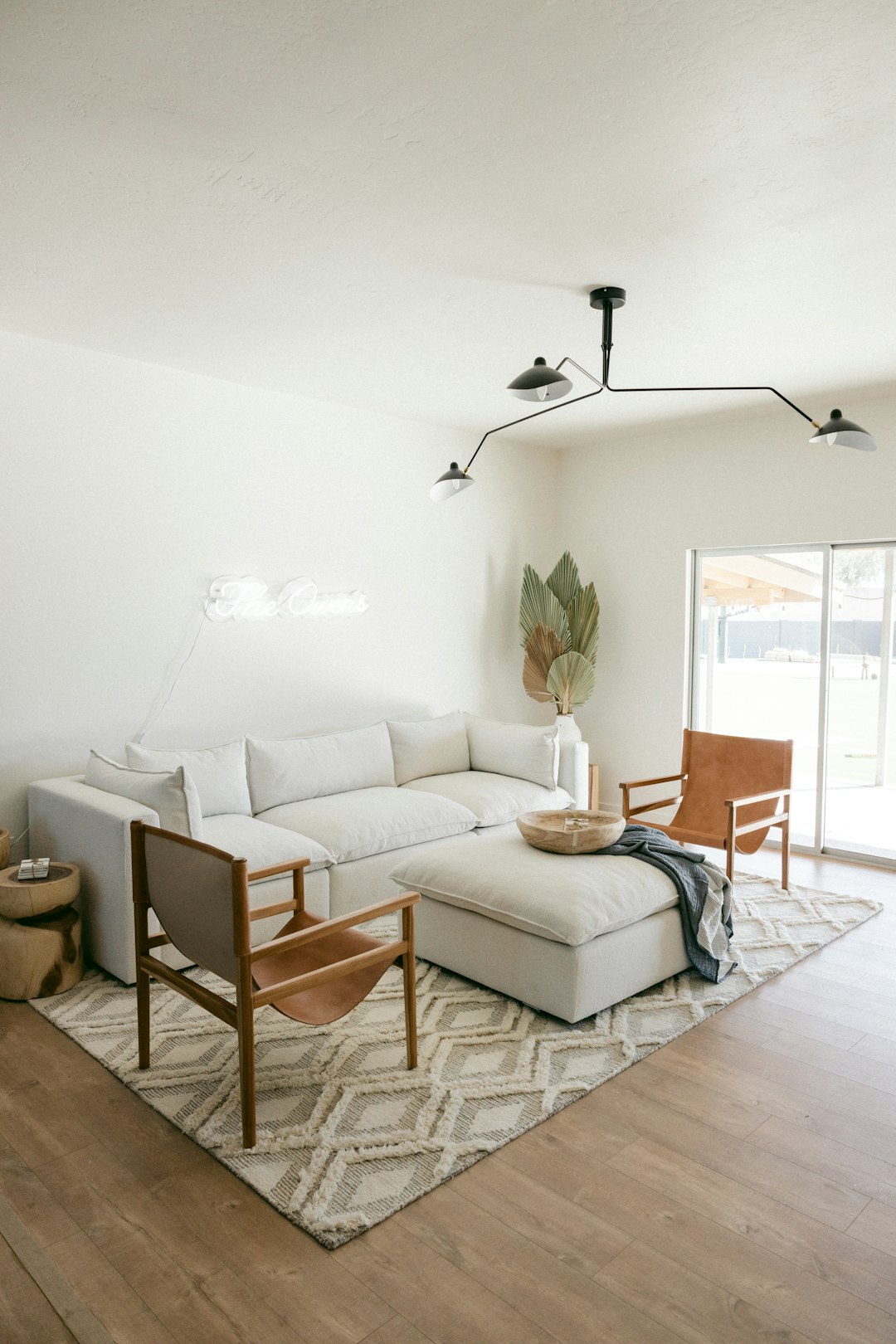
Big, heavy entertainment centers used to be the centerpiece of living rooms, but in 2025, they’re quickly becoming relics. Studies from the American Home Furnishings Alliance show that wall-mounted TVs and streaming devices have shrunk the need for large cabinets. Most people now prefer simple floating shelves or minimalist stands instead. Data from the National Association of Home Builders indicates that open-concept living spaces are on the rise, and these huge units just take up too much room. Plus, with the rise of smart TVs and wireless speakers, there’s simply less to store. Interior designers like Emily Henderson have pointed out that clunky furniture makes rooms feel smaller and more cluttered. Younger homeowners especially want living spaces to feel open and adaptable. The bottom line is: if your entertainment center looks like it belongs in the early 2000s, 2025 is the year to let it go.
Formal Dining Room Sets are Disappearing
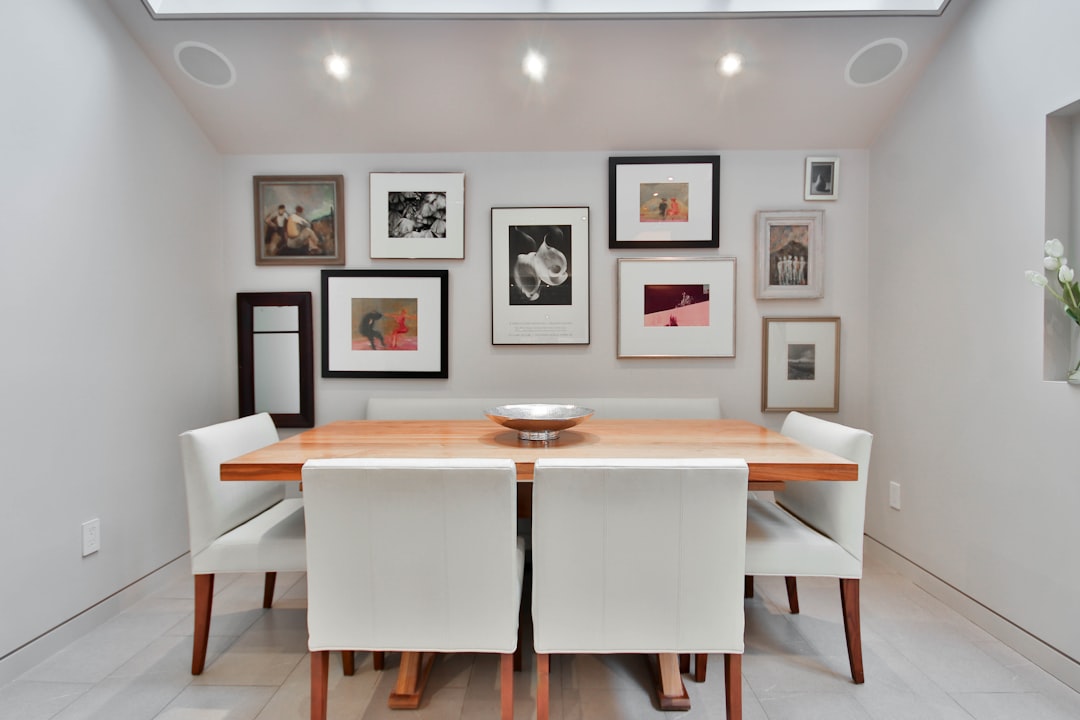
Traditional dining room sets, especially those with heavy wooden chairs and ornate tables, are fading fast. According to a 2024 survey by Furniture Today, only 27% of young families plan to buy formal dining furniture. The pandemic showed many people that dining rooms could be used for work, hobbies, and more. Open-plan kitchens are also making formal dining less relevant; a report by Houzz found that 61% of kitchen renovations in 2023 included an eat-in area, blurring the line between kitchen and dining. Instead, flexible, casual pieces and extendable tables are in demand. Many people want to save space and create multifunctional areas. Even real estate agents say buyers care more about practical, everyday space than about formal dining areas.
Large Sectional Sofas Lose Favor
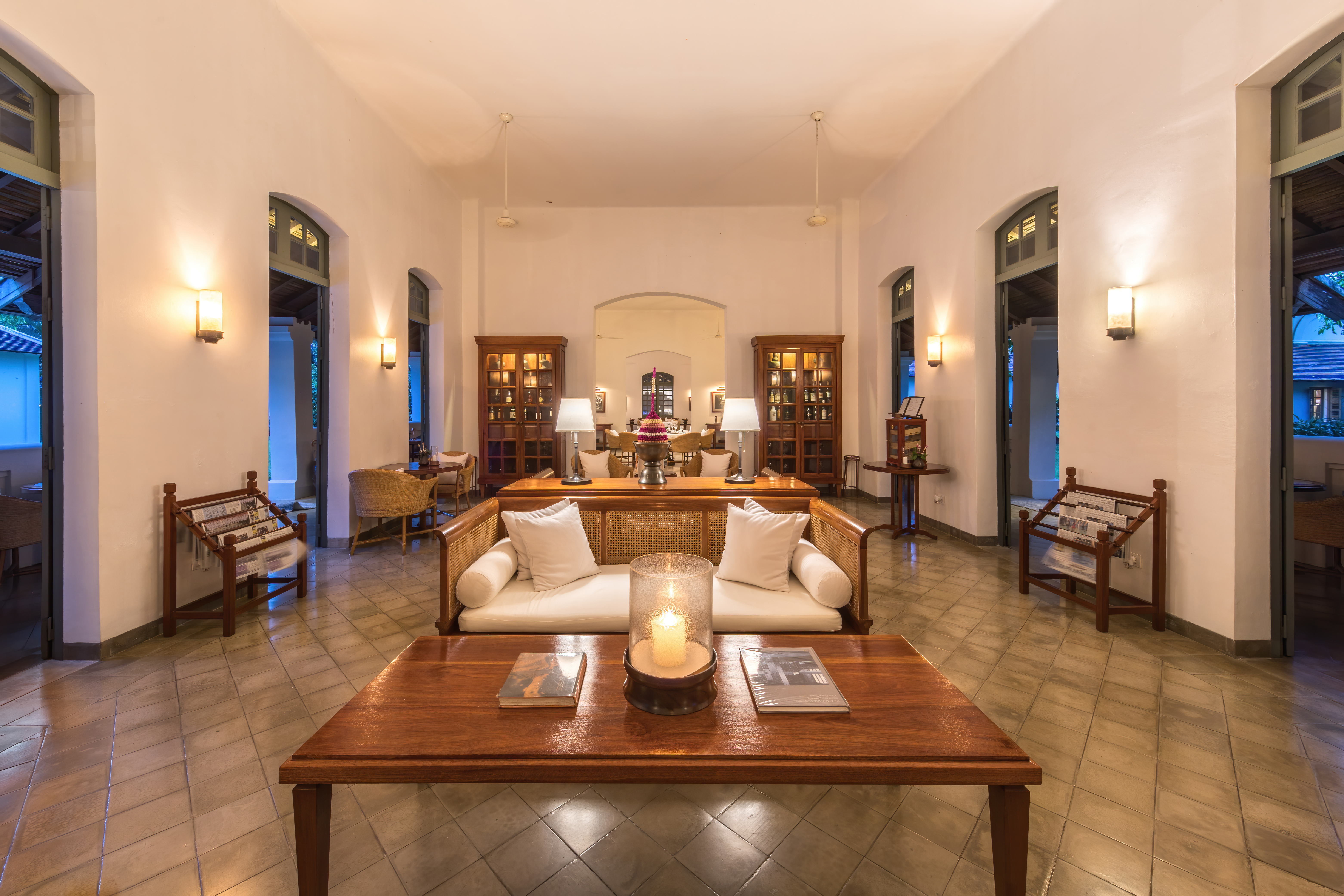
Oversized sectionals have been popular in big family rooms, but trends are shifting. Furniture industry data from Statista reveals a 19% drop in sales of large sectionals from 2022 to 2024. The reason? People are choosing smaller, modular seating that can move around easily. Compact urban apartments and the rise of minimalist décor mean huge sofas are just too much. Home design experts say modular furniture lets you change your room’s layout easily, which is critical for renters and young homeowners. Large sectionals also tend to dominate a space, making it feel cramped and hard to clean around. As people downsize or move more often, flexibility beats bulk every time.
Ornate China Cabinets are History
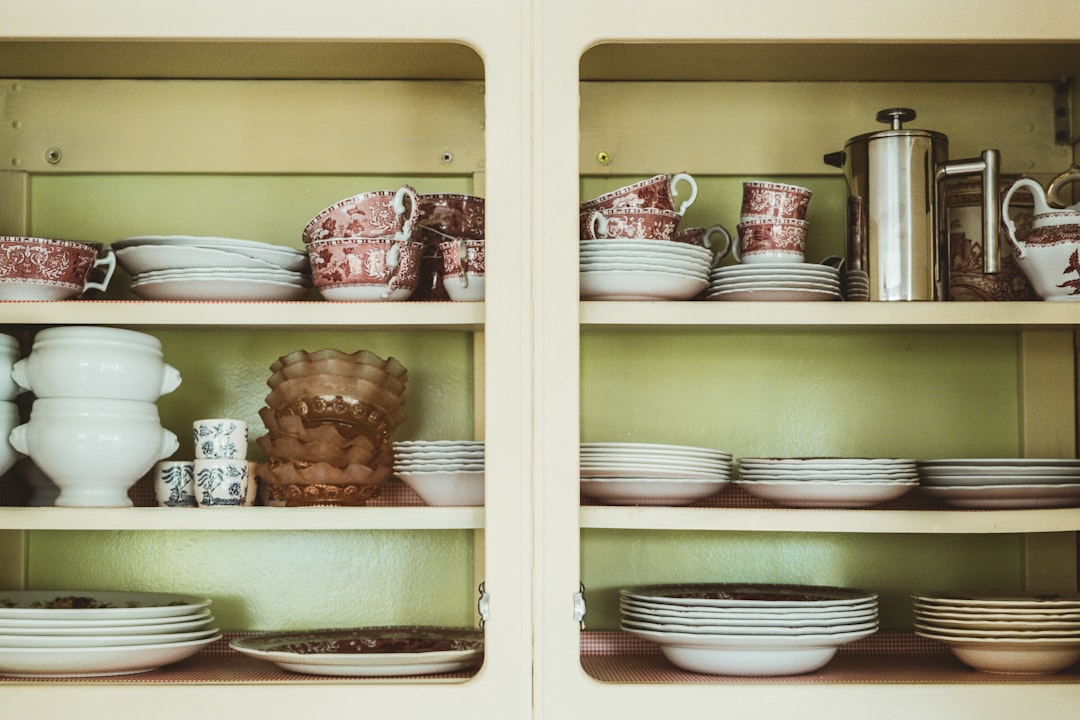
China cabinets, once a symbol of elegance and tradition, are vanishing from modern homes. Research from the National Kitchen & Bath Association shows that less than 15% of kitchen remodels in 2024 included space for a china cabinet. Millennials and Gen Z simply don’t collect fine china the way their parents did. Minimalism is driving this change, with more people preferring open shelving or hidden storage. Plus, these cabinets are often heavy and difficult to move. Secondhand stores report that china cabinets are some of the hardest pieces to resell, with many ending up donated or recycled. The trend is all about light, airy interiors—there’s just no room for these old-fashioned giants anymore.
Heavy Recliners are Getting the Boot
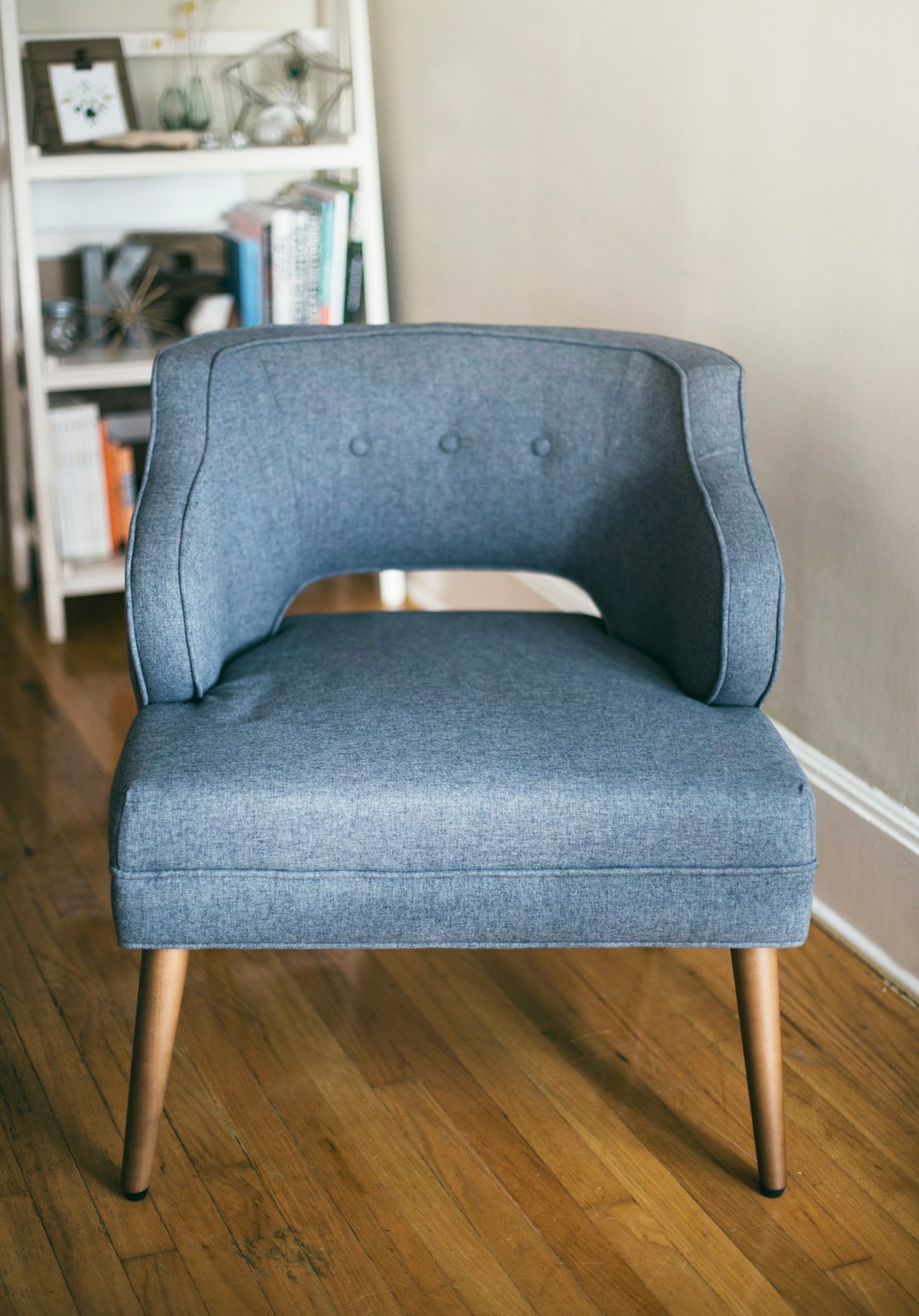
The classic overstuffed recliner is being pushed aside by sleeker, more versatile seating. According to a 2023 survey by the American Society of Interior Designers, over 40% of respondents said they would not choose a traditional recliner for their next furniture purchase. Instead, they want compact armchairs or stylish lounge chairs that suit smaller living spaces. Health and wellness trends are also influencing this shift, with more people choosing ergonomic seating that supports good posture. Recliners also take up a lot of floor space and can look dated in modern homes. Lightweight, multifunctional seating is the way forward, and heavy recliners just don’t fit the bill anymore.
Massive Coffee Tables are Being Replaced

Big, blocky coffee tables are losing their appeal as people opt for lighter, more flexible options. According to Wayfair’s 2024 trends report, sales of nesting tables and movable side tables are up 34% year-over-year, while large coffee tables saw a decline. People want to be able to rearrange their spaces easily and use their tables for work, crafts, or dining as needed. Large tables often become dumping grounds for clutter, making rooms feel messy. Interior designers say smaller tables make it easier to open up a space and give it a more modern, airy feel. It’s all about versatility and keeping things light.
Grandfather Clocks are Ticking Away
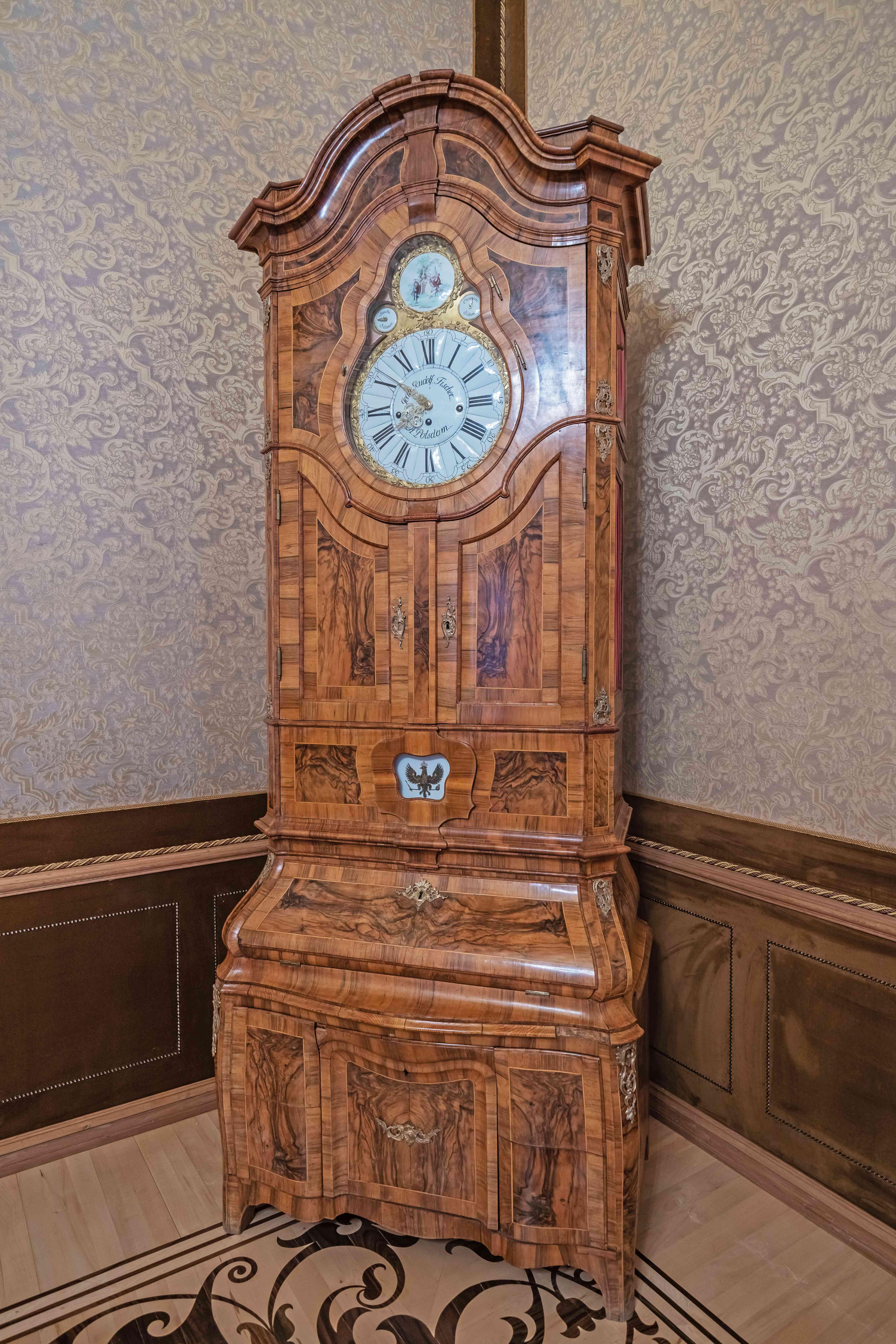
Grandfather clocks, once a sign of tradition and family heritage, are now being phased out. The U.S. Clock and Watch Market report for 2024 noted a sharp 22% drop in sales of large floor clocks over the past two years. Most people now rely on their smartphones or smart home devices to tell the time. These clocks are also heavy, difficult to move, and require regular maintenance. Young homeowners are more interested in smart décor that does more than just tell time. Grandfather clocks just don’t fit into the fast-paced, tech-centered lifestyles of today. Even antique dealers report falling demand and lower resale values for these once-coveted items.
Waterbeds are Draining Away
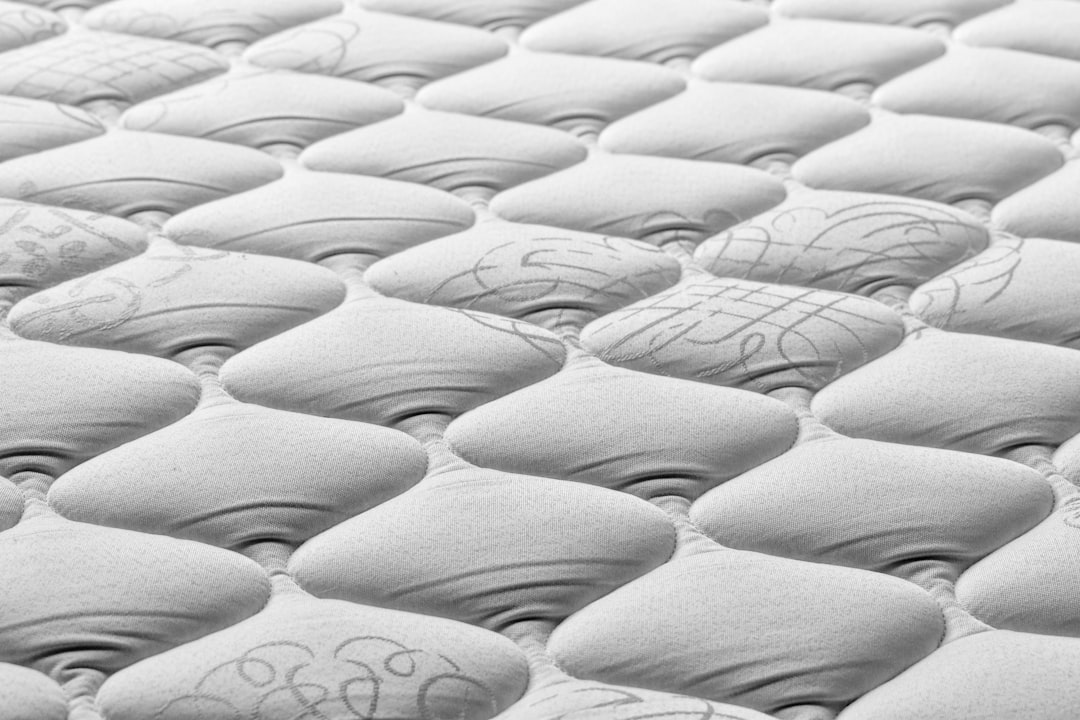
Waterbeds were once the ultimate in bedroom luxury, but they’re quickly becoming obsolete. According to a report from the International Sleep Products Association, waterbed sales have plummeted by more than 80% since their peak in the 1980s, with almost no growth in the last five years. Modern mattresses now offer better comfort, temperature control, and support without the hassle. Waterbeds are also heavy, difficult to maintain, and prone to leaks. People want mattresses that are easy to move and clean, especially in apartments or shared homes. Health experts also note that waterbeds often lack the support needed for good sleep. In 2025, it’s clear they’re going out of style for good.
Matching Bedroom Sets are Fading Out
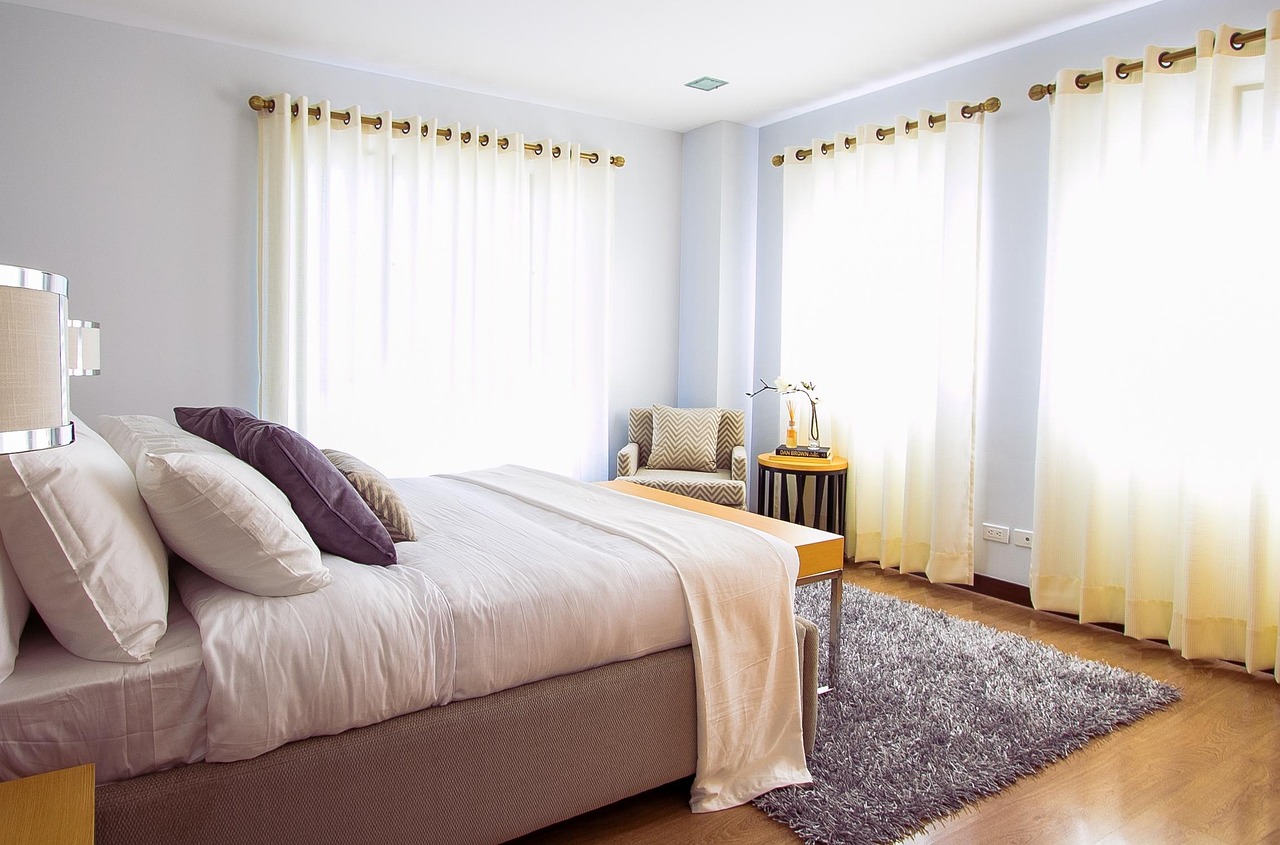
The trend of buying a whole bedroom set—bed, nightstands, dressers, and mirrors all in one matching style—is on its way out. According to a 2024 trend forecast by the Home Furnishings Association, only 29% of shoppers prefer matching sets, down from 54% a decade ago. Today, people want to mix and match styles for a unique, personalized look. Social media platforms like Instagram and Pinterest have inspired homeowners to experiment with different textures and colors rather than sticking to one theme. Designers say this approach creates a more lived-in, eclectic feel. Matching sets often make a room look like a furniture showroom rather than a home, and that’s not what people want in 2025.
Particleboard Furniture is Losing Ground
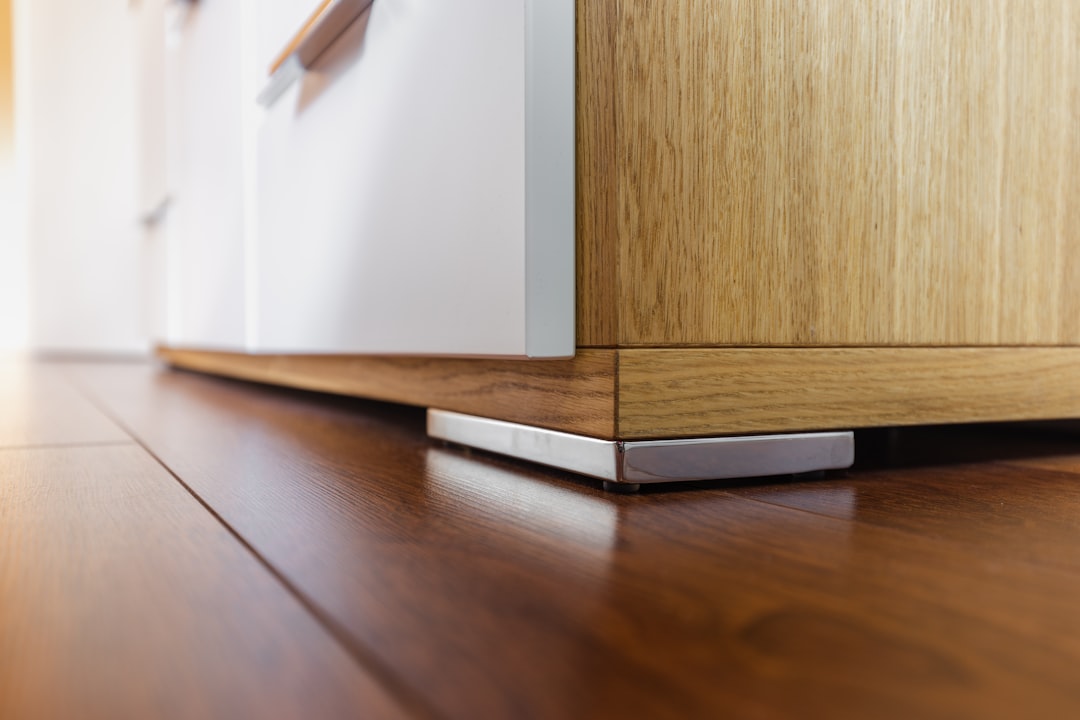
Cheap particleboard furniture, often found in flat-pack form, is starting to lose its charm. Consumer Reports found that complaints about durability and stability have risen 38% since 2022. As people become more environmentally conscious, they’re moving away from disposable furniture. Sustainability is a huge focus: a 2024 survey by the Sustainable Furnishings Council found that 67% of buyers would pay more for solid wood or recycled materials. Particleboard often breaks down quickly and is difficult to repair, leading to more waste. People want investment pieces that last, not something that needs to be replaced every few years. The shift is clear—quality and sustainability matter more than ever before.

Henrieke Otte is an accomplished writer and content editor, specializing in topics that inspire thoughtful living—ranging from global travel and sustainable lifestyles to interior design and architecture. With a keen editorial sense and a background in cultural studies, Henrieke brings depth, elegance, and clarity to every piece she crafts.
Her work is known for its engaging voice, visual sensitivity, and ability to turn complex ideas into accessible, reader-friendly narratives. Whether exploring eco-conscious destinations, dissecting climate-conscious home trends, or curating serene living spaces, Henrieke writes with a balance of creativity and insight that resonates with design-savvy, environmentally aware audiences.
Driven by a love of meaningful storytelling and a refined aesthetic, Henrieke contributes regularly to digital platforms and magazines where quality content meets visual sophistication.

